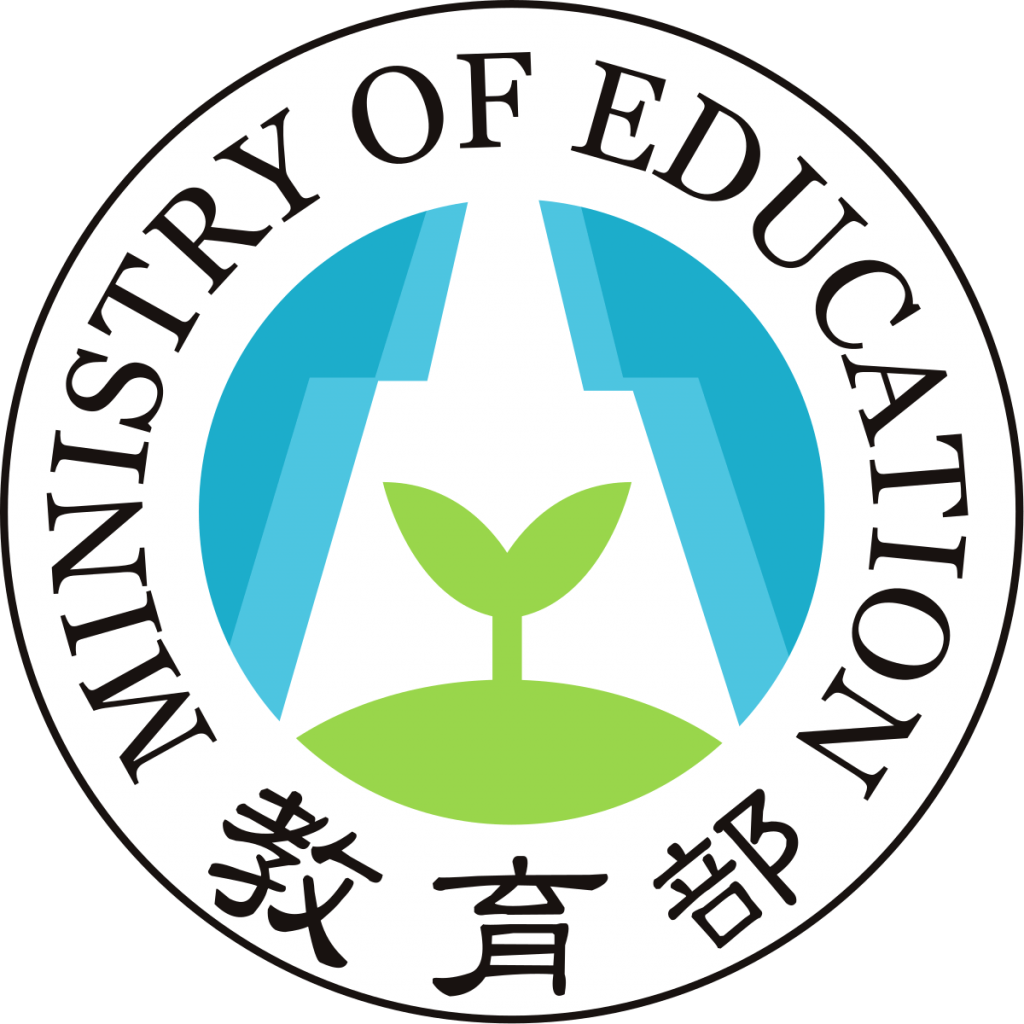
APR 09(WED)
APR 10(THR)
12:00 a.m.
APR 16(WED)
12:00
JUN 14(SAT)
2024 Science Explore Fair
To foster a culture of exploration and innovation, the Education Bureau of Kaohsiung City Government, in collaboration with the National Center for High-performance Computing (NCHC), launched the "To Do, To Understand" Competition in 2014. This initiative aimed to inspire students to explore science through hands-on projects and cultivate a deeper understanding of scientific concepts.
2014~2015
A Humble Beginning
2016
A Milestone
2017~2018
Sailing to New Horizons
The competition took a giant leap in 2017 and 2018, introducing divisions for "Elementary School", "Junior High School", "Senior High School", "General Public", "Teachers", and even "Marine Science". Moeover , Overseas Taiwanese high schools in Korea and Indonesia participated, marking a significant step towards globalization.
2019
A Powerful Alliance
2020~2022
Persistence During the Pandemic
2023
A Decade of Excellence
2024 and Beyond
Cross-disciplinary Integration: Together Shaping a Global Narrative of Science
This competition is based on the spirit of scientific inquiry. To nurture science communicators and interpreters capable of sharing their scientific exploration process, we encourage participants to question everyday occurrences and phenomena, formulate hypotheses, collect and analyze data, test hypotheses, repeat experiments and discuss findings, reach conclusions, and apply their knowledge to new situations. They shell present their findings through written reports and videos so that their peers can understand the scientific exploration process. By fostering a passion for science among students, teachers, and the general public, this competition aims to increase the accessibility and enjoyment of science.
-
Cultivating a Love for Science
Science is often perceived as complex, distant, and even dangerous. However, science is our daily lives. By encouraging individuals to recognize their connection to science, we can foster love and appreciation for science. -
Promoting Scientific Exploration and Communication
Life is full of scientific wonders that require observation, curiosity, and creativity to uncover. This competition aims to empower participants to become science communicators, combining their interests, expertise, and unique qualities to share their scientific discoveries. -
Enhancing Scientific Literacy
We encourage individuals of all ages and backgrounds, from elementary school students to higher education students and the general public, to develop their scientific literacy by observing everyday phenomena and applying scientific thinking to solve problems. -
Fostering Inclusivity
We have established special awards and incentives for female, Second-generation immigrant, and Indigenous participants to encourage greater diversity and representation in STEM fields.









The administrative unit composed of National Kaohsiung Normal University, National Center for High-performance Computing, Department of Information and Communication, Southern Taiwan University of Science and Technology, Kaohsiung Municipal Dashu Elementary School
Education Bureau, Kaohsiung City Goverment, Bureau of Education, Tainan City Government, County or City Government Education Bureau (Office), College of Science, National Pingtung University, inservice, Yuan T. Lee Foundation Science Education for All, Yunlin Children Hall, Asia-Pacific Energy & Science Education Association, International Research Center for Intelligent and Creative Technologies, Wenzao Ursuline University of Languages
National Education Radio,
Mandarin Daily News,
Galileo Magazines,
Newtonkids,
YoungNewton,
SCIENCE MONTHLY,
FEIKIDS,















